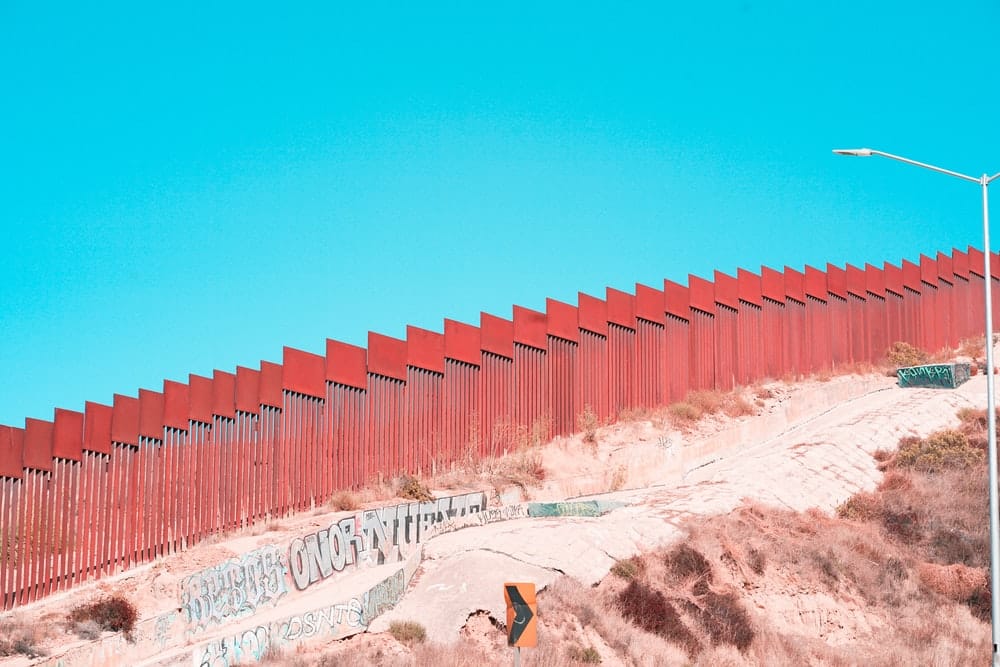Like in all crises, the one we are going through compels us to reconsider many things. But the magnitude of this one, like very few crises before it, demands we rethink the global dynamic of our activities.
The global scale and nature of the Covid-19 revealed and highlighted the flaws of our societies and/or economies. And the new technologies spurred by the digital dynamic have definitely contributed in addressing and solving the many challenges, problems or dead ends in many areas.
The situation has brought these emerging technologies to the fore as the driving force in overcoming the crisis, or at least initially as the means to tackle the crisis head on.
Inventing the future, inventing the world of tomorrow
“Coping with,” means that things are set up to ensure business continuity and that society does not come to a stop. But, from a more high-level point of view, this all means reinventing the future. The incredible leap forward enabled by remote working to comply with social distancing requirements for instance, has completely reshuffled the cards for companies upsetting the usual “work at the office” standard to favor virtual business activity. This trend has unequivocally opened up a new growing trend – suffice it to say an overpowering trend in most industries. Online services outdistancing by far the traditional service offerings with on site face-to-face service (both in the workplace but also in stores for example).
The crisis has triggered a global sense of awareness with people all over the world heeding the call of radical change. It has demonstrated to all, in no uncertain terms, the crucial role of innovation. Innovation is clearly the solution though as we are faced with having to reinvent many things: i.e. we need to innovate. And if innovation does sit well with the crisis it is because it is, by design, a system in itself that calls into question all of our certainties, disrupts the status quo, revolutionizes practices replacing them with better-performing processes and new practices: in short it changes things.
Innovation, even before the crisis hit, seems like the only alternative to invent the world of tomorrow. A smarter, more reliable, more sustainable and free-flowing world.
Innovation: a new take on “crossing boundaries”
Innovating often implies reshuffling the traditional pecking order, re-prioritizing, rethinking processes, reconfiguring new schemes and breaking down barriers. In other words, it is all about pushing back the limits. A good innovation slogan could very well be: trailblazing forward in unchartered territory. The general tendency of this momentum is full-out integration, with the integration process playing out by displacing or getting rid of boundaries between areas or fields of expertise that hitherto were completely distinct from one another.
The once siloed domains or fields of expertise significantly overlap and are much more subject to constant change. Innovation resets the boundaries of many areas and brings together domains that never connected before. Production and Services for instance, two organizational setups structured very differently, with each having their own modus operandi, now tend to converge into a global and all-encompassing business unit. The outcome of this evolution is increased quality of service, much better performance standards and alleviating tedious and arduous work. IoT, AI, Machine Learning, Augmented Reality and the Cloud are the key components of this new competence and knowledge-based landscape where technical devices become data emitters, that when processed in real time, enable providing services of a new kind that brings the service offering to a whole new level. Let us look at elevators with a self-diagnostic system that measures wear & tear. Compiling and monitoring the same data and statistics of the same type of elevators worldwide, technicians now get dispatched automatically to service the elevators ahead of time, before they break down, by anticipating eventual glitches. That way we avoid the costly inconveniences of having elevators that are out-of-order. This overlapping phenomenon also determines new approaches in the way we appreciate supply and demand. They are no longer distinct economic models that try, more or less, keeping somewhat of a theoretical and parallel operational balance. The paradigm has been reversed, with the end user now being placed at the heart of the production process as opposed to before, considered only as a basic consumer. The user experience of a product or service (consumer experience) is at the heart of the innovation process. The feedback loops and big data processing cycles allow for “supply” to meet “demand” in real time, dynamically disrupting the traditional designing, manufacturing and distribution processes of products and services.
Innovation can be defined as a global game-changing tool. It encompasses a logic of integration, that of doing away with boundaries including those perceived as impenetrable and unattainable. Innovation, in that sense, is revolutionary.
But innovation is not only about pushing past deep-rooted boundaries. It helps in rethinking the concept of boundaries. Referring to the mythical sense of pioneering beyond a given frontier, innovation is now that frontier: the New frontier. Once replicated exponentially, thanks to the incredible computing capability of today’s digital technologies, we could easily refer to John Kennedy’s famous acceptance speech in 1960 to the innovation phenomenon, providing we include the ecological dimension which is central today, “But the New Frontier of which I speak […], is here whether we seek it or not. Beyond that frontier are uncharted areas of science and space, unsolved problems of peace and war, unconquered problems of ignorance and prejudice, unanswered questions of poverty and surplus.1”
What is possible and what is impossible
Innovation keeps stretching the limits between what is possible and what is impossible bearing that ever more powerful streak that can reshape the world. This global and powerful dynamic, never before attained by technology in the past, gives it incredible potential to drive economic, social and ecological progress. Industry 4.0 for instance helps set the stage for the re-industrialization or re-localization of Europe so crucial for this continent today.
But with power come responsibilities. There are risk factors related to innovation, if left unchecked, in an uncontrollable and detrimental spree forward that cannot be ignored. A rational and informed approach is called for, one that considers innovation as a boon while not granting it a free pass to run on its own. Innovation needs to be trusted but not met with unchecked optimism or unproductive skepticism. Hence, you need to know where to draw the line with regard to what innovation can encompass and what it cannot. And keeping innovation in check is everybody’s business be it the tech community, the economic players and the world of politics.
When dealing with innovation you therefore need to both get the lay of the land and forge forward into uncharted territory whose boundaries are incessantly moving. And we have to ensure that the complex and often steep development paths it embraces is imbued with a humanistic approach and vision that make sure that, for innovation to bear value and purpose, it has to mandatorily be designed to serve humanity, society and the environment.






